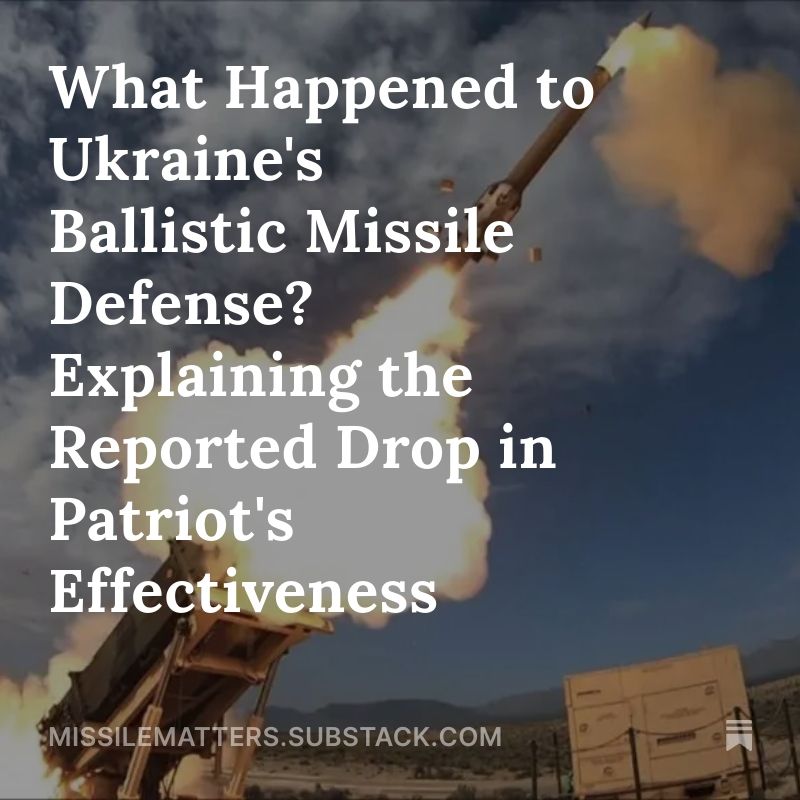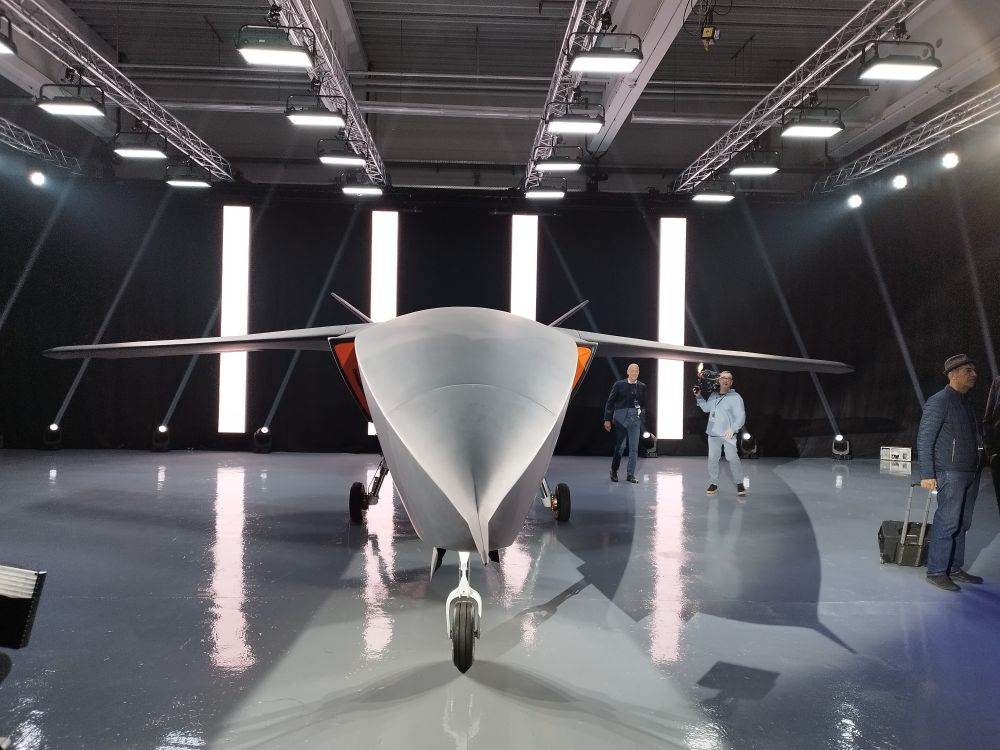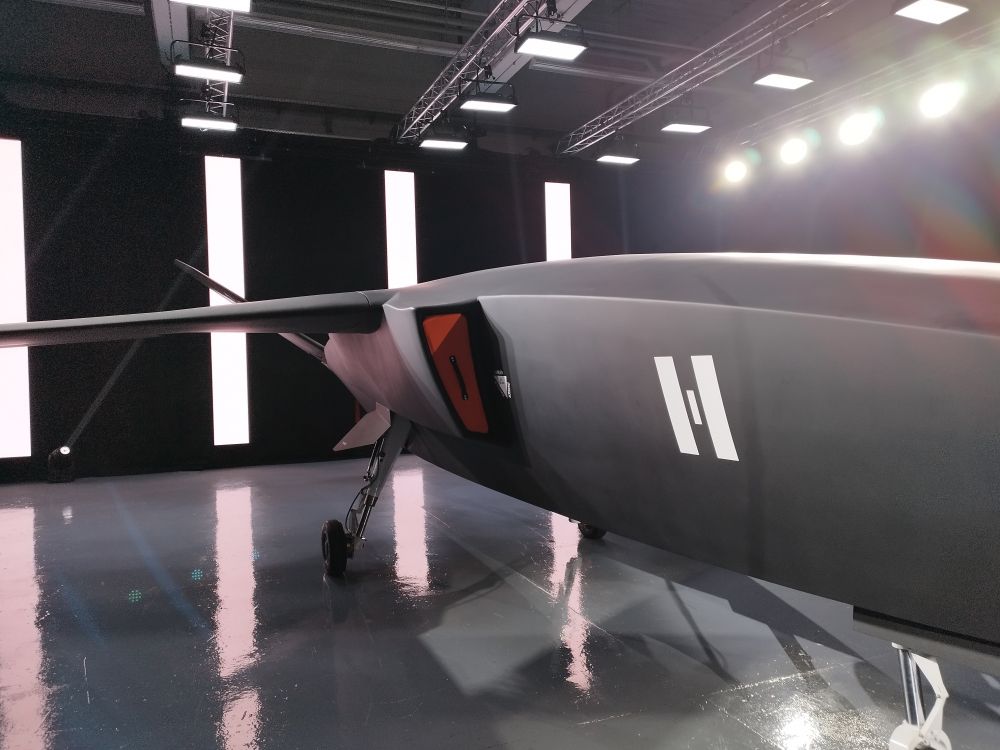Fabian Hoffmann
@frhoffmann.bsky.social
16K followers
530 following
790 posts
Doctoral Research Fellow at the Oslo Nuclear Project, University of Oslo. Defense policy, missile technology, and nuclear strategy.
Weekly analysis of missile tech, nuclear strategy, and European deterrence 👇
https://missilematters.substack.com/subscribe
Posts
Media
Videos
Starter Packs












